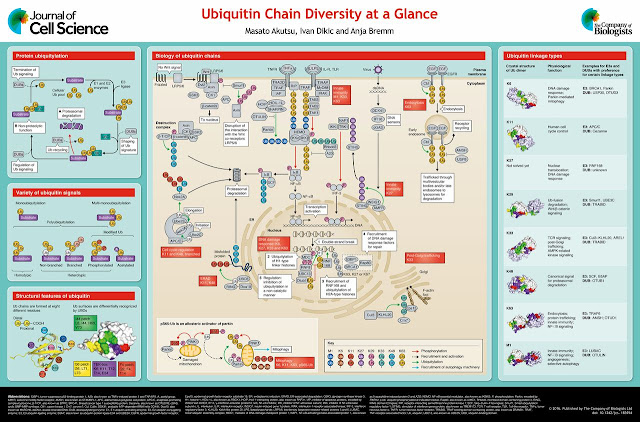R-programming workshop
At a glimpse. In each package will be used for specific type of analysis. For my case, I am interested in the data from GeoDataset which in the gene expression data deposited on NCBI. Also the ggplot that can represent data in the graphical ways. One thing that I notice about myself is that I totally forget some functions/definitions in mathematics, I have not used some definitions for a while ago and got shocked during the training. Some definitions are used for turning some values to make the calculation go through the pipeline, for example, complex number. It will be a steep learning curve for sure, the commands will be new to me but the pipeline or thinking-step to get the output should be the same and can be applied to any computer programming. PS. I have provided information for the self-study in the useful links --- Additional - before I forget, each window in R has a different function (pic below); Window 1\\ script writing-> use for writing the script and note; c
